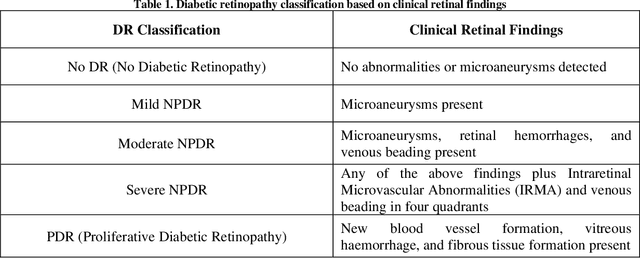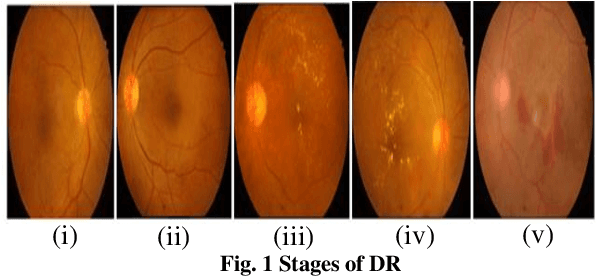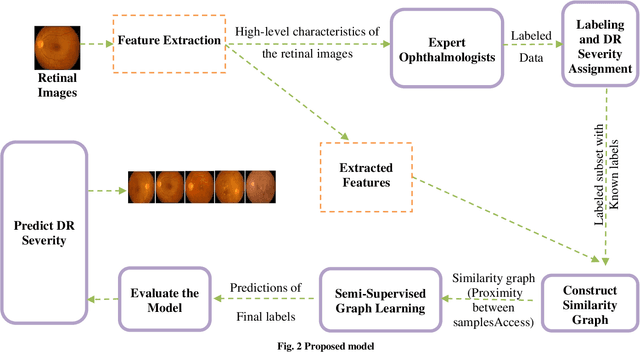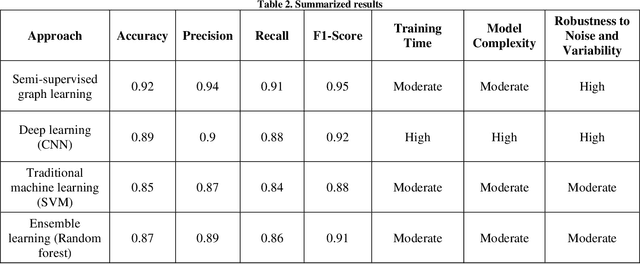S. M. Udhaya Sankar
A Neural Radiance Field-Based Architecture for Intelligent Multilayered View Synthesis
Nov 03, 2023Abstract:A mobile ad hoc network is made up of a number of wireless portable nodes that spontaneously come together en route for establish a transitory network with no need for any central management. A mobile ad hoc network (MANET) is made up of a sizable and reasonably dense community of mobile nodes that travel across any terrain and rely solely on wireless interfaces for communication, not on any well before centralized management. Furthermore, routing be supposed to offer a method for instantly delivering data across a network between any two nodes. Finding the best packet routing from across infrastructure is the major issue, though. The proposed protocol's major goal is to identify the least-expensive nominal capacity acquisition that assures the transportation of realistic transport that ensures its durability in the event of any node failure. This study suggests the Optimized Route Selection via Red Imported Fire Ants (RIFA) Strategy as a way to improve on-demand source routing systems. Predicting Route Failure and energy Utilization is used to pick the path during the routing phase. Proposed work assess the results of the comparisons based on performance parameters like as energy usage, packet delivery rate (PDR), and end-to-end (E2E) delay. The outcome demonstrates that the proposed strategy is preferable and increases network lifetime while lowering node energy consumption and typical E2E delay under the majority of network performance measures and factors.
Leveraging Semi-Supervised Graph Learning for Enhanced Diabetic Retinopathy Detection
Sep 02, 2023



Abstract:Diabetic Retinopathy (DR) is a significant cause of blindness globally, highlighting the urgent need for early detection and effective treatment. Recent advancements in Machine Learning (ML) techniques have shown promise in DR detection, but the availability of labeled data often limits their performance. This research proposes a novel Semi-Supervised Graph Learning SSGL algorithm tailored for DR detection, which capitalizes on the relationships between labelled and unlabeled data to enhance accuracy. The work begins by investigating data augmentation and preprocessing techniques to address the challenges of image quality and feature variations. Techniques such as image cropping, resizing, contrast adjustment, normalization, and data augmentation are explored to optimize feature extraction and improve the overall quality of retinal images. Moreover, apart from detection and diagnosis, this work delves into applying ML algorithms for predicting the risk of developing DR or the likelihood of disease progression. Personalized risk scores for individual patients are generated using comprehensive patient data encompassing demographic information, medical history, and retinal images. The proposed Semi-Supervised Graph learning algorithm is rigorously evaluated on two publicly available datasets and is benchmarked against existing methods. Results indicate significant improvements in classification accuracy, specificity, and sensitivity while demonstrating robustness against noise and outlie rs.Notably, the proposed algorithm addresses the challenge of imbalanced datasets, common in medical image analysis, further enhancing its practical applicability.
 Add to Chrome
Add to Chrome Add to Firefox
Add to Firefox Add to Edge
Add to Edge